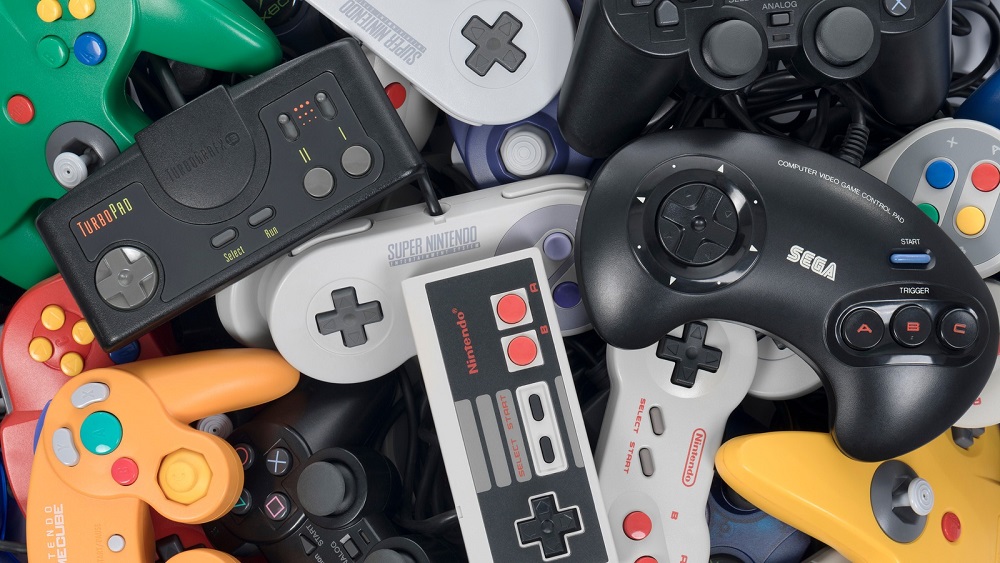For retro gamers, controllers aren’t just tools—they’re time machines. The moment you grip a classic NES rectangle or the ergonomic Sega Genesis pad, you’re instantly transported back to the living room of your childhood. While graphics and gameplay matter, the way we hold and control our games is deeply tied to our memories.
In this post, we’re diving deep into the most iconic controllers from the retro era, exploring their design, influence, and why they’re still beloved today.
I. The Golden Age of Simplicity: Early Console Controllers
NES Controller – The 8-Bit Icon
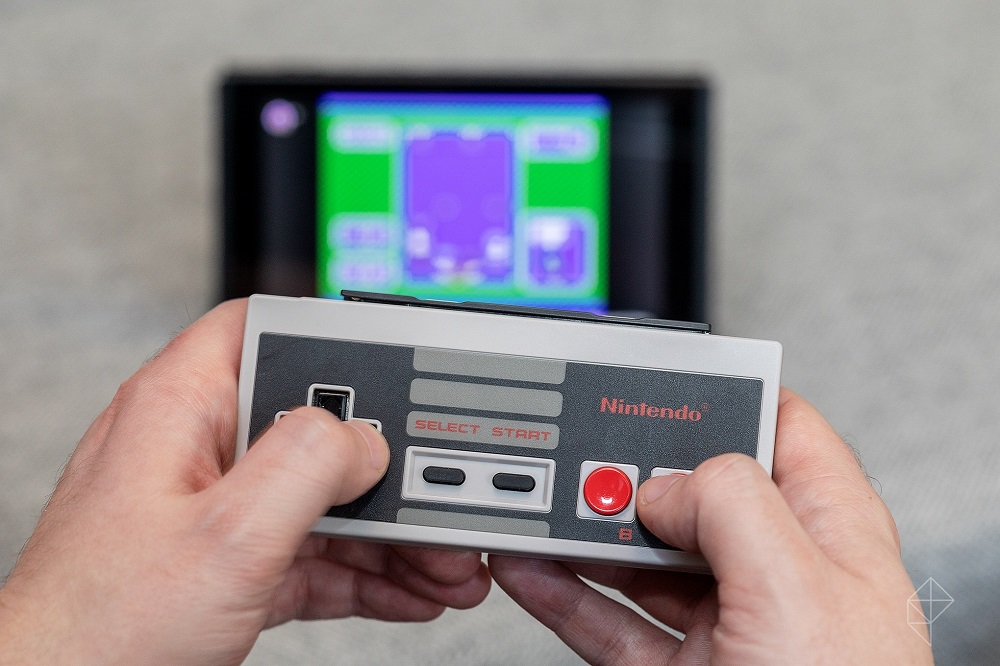
The NES controller, with its clean rectangular design and two-button layout, is the epitome of simplicity. Despite its sharp corners (which many gamers remember digging into their palms), it was revolutionary in providing intuitive control for an entire generation.
This design inspired countless knock-offs and even influenced later handheld layouts, including the Game Boy’s familiar button arrangement—a reminder of how Nintendo’s philosophy crossed both console and portable gaming.
Atari 2600 Joystick – Minimalism at Its Finest
Before the NES, the Atari 2600 joystick ruled living rooms. One stick, one button—pure minimalism. It was perfect for games like Pitfall! and Space Invaders. While limited by today’s standards, its simplicity made it accessible for anyone to pick up and play.
II. The Battle for Comfort: 16-Bit Controller Wars
Sega Genesis 3-Button Pad
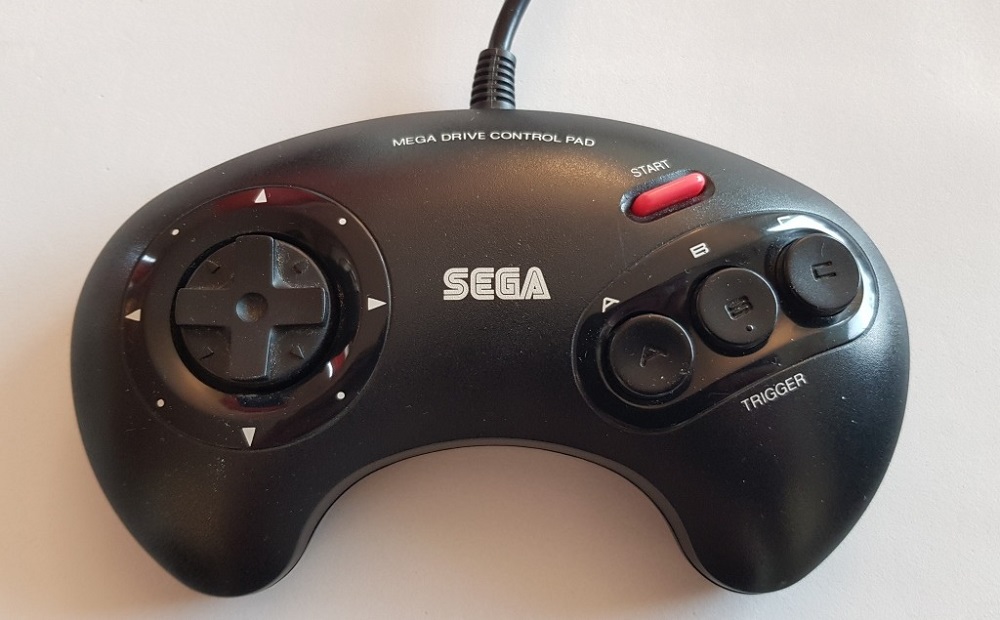
The Sega Genesis entered the 16-bit console war with a large, rounded controller that was far more comfortable than the NES brick. The three-button layout was great for early games, but as fighters like Street Fighter II became popular, Sega introduced a 6-button variant—a must-have for competitive players.
This period marked the first real shift toward ergonomic design in controllers, paving the way for future innovations.
Super Nintendo Controller – The Template for Modern Pads
When the SNES arrived, it brought shoulder buttons (L and R) and a diamond-shaped face button layout (A, B, X, Y) that would become the industry standard. The rounded edges were a welcome change from the NES, and the added buttons opened new gameplay possibilities—especially in platformers and RPGs.
III. Going 3D: Analog Sticks and Expanding Horizons
Nintendo 64 Controller – The Three-Pronged Oddity
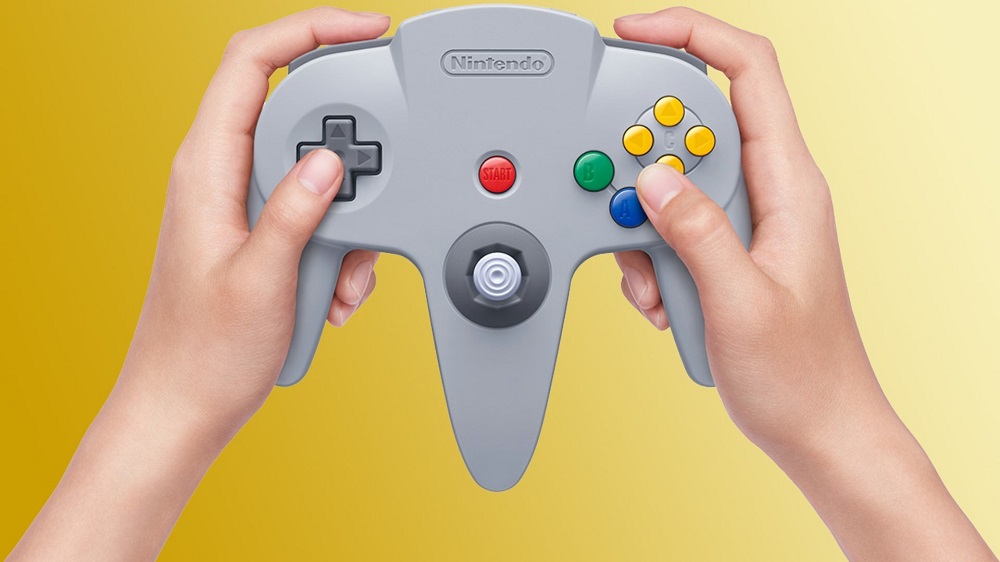
Few controllers spark as much debate as the Nintendo 64 pad. Its triple-handle design looked bizarre, but it introduced the analog stick to mainstream console gaming. For titles like Super Mario 64 and The Legend of Zelda: Ocarina of Time, this was a game-changer.
However, the stick’s fragility became infamous—many broke after a few heated rounds of Mario Party. Still, the innovation paved the way for modern 3D game controls.
PlayStation DualShock – The Perfect Balance
Sony’s original PlayStation controller evolved into the DualShock, adding dual analog sticks and vibration feedback. It became the blueprint for future PlayStation pads and heavily influenced Xbox and third-party designs.
IV. Handheld Heroes: Portable Perfection
Game Boy D-Pad – Pocket-Sized Precision
The Game Boy’s D-pad and button layout mirrored the NES, but scaled for portability. Its tight, responsive controls made it perfect for Tetris, Pokémon, and countless platformers.
As we noted in Game Boy history, the consistency between Nintendo’s home and handheld systems made transitioning between them seamless for players.
Sega Game Gear – Bigger, Bolder, but Bulkier
The Game Gear had a comfortable D-pad and more ergonomic curves than the Game Boy, but its size and weight made it less portable. Still, for Sega fans, it was a joy to have a familiar control feel in a handheld with a color screen.
V. Arcade-Style Glory at Home
Neo Geo AES Joystick – The Luxury Controller
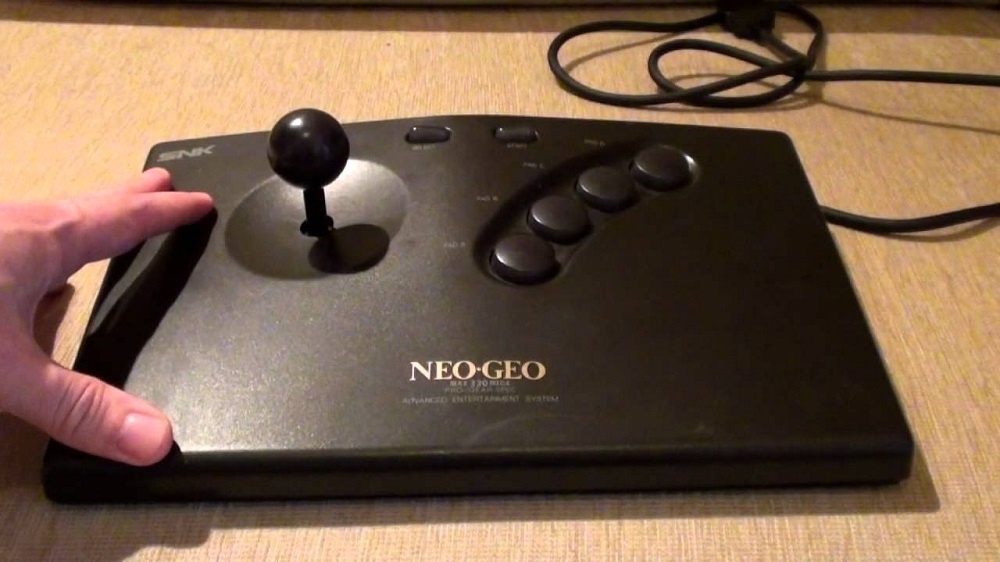
SNK’s Neo Geo AES shipped with an arcade-style joystick, giving players the exact same control feel as the arcade cabinets. Perfect for fighting games like King of Fighters and Samurai Shodown, it set a new standard for premium home gaming.
Sega Saturn 3D Control Pad
While less remembered, the Sega Saturn’s 3D pad was ahead of its time—introducing an analog thumbstick and comfortable grip years before the Dreamcast’s refined version.
VI. Why CRTs Made These Controllers Shine
Many retro controllers were designed with CRT TVs in mind, especially light gun peripherals like the NES Zapper. On modern LCDs, these accessories often fail to work properly, which is why CRT setups remain valuable for authentic retro gaming experiences—a topic we’ve explored in depth in Why CRT TVs Still Matter for Retro Consoles.
VII. Legacy and Influence on Modern Design
Looking back, many retro controllers were experiments—some successful, others not. The lessons learned shaped modern pads:
- Ergonomics from Genesis/SNES designs
- Analog precision from N64 and DualShock
- Portability and consistency from Game Boy
Today’s controllers, like the Xbox Series pad or Nintendo Switch Pro Controller, owe much to these retro pioneers.
Final Thoughts
Choosing the “best” controller from the retro era is impossible—it depends on your memories and the games you love. For some, it’s the SNES pad’s perfect button layout. For others, it’s the raw nostalgia of an Atari joystick.
We celebrate them all, because each controller tells part of the story of gaming’s golden years. And while technology will keep evolving, the magic of holding these classics will never fade.
